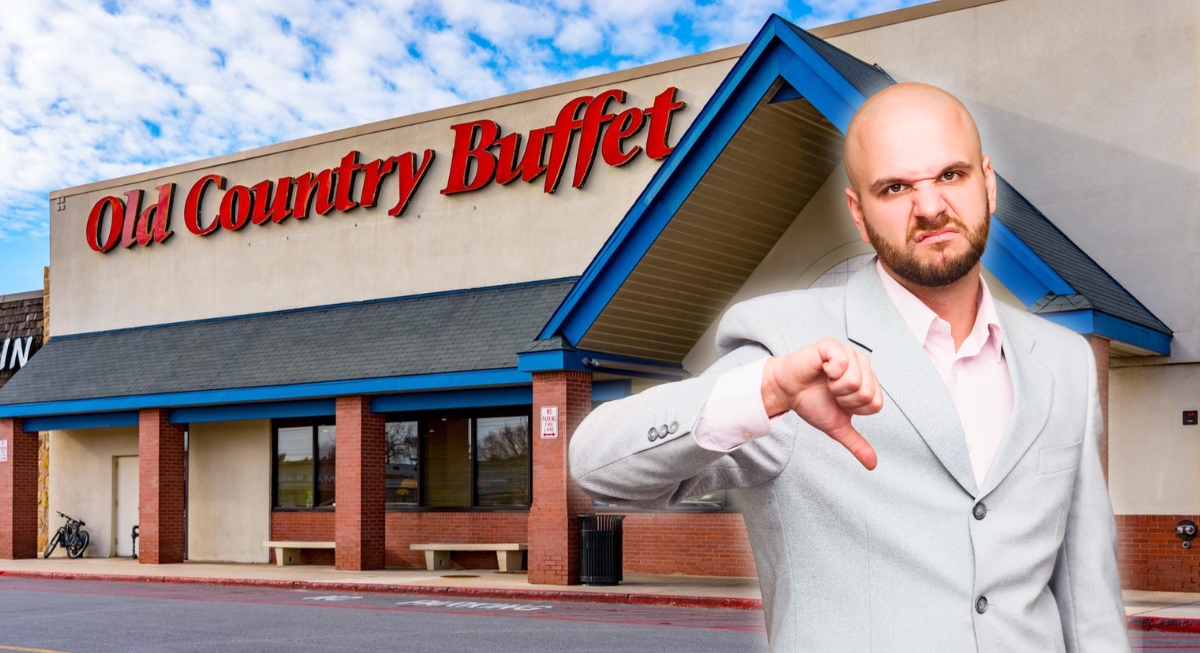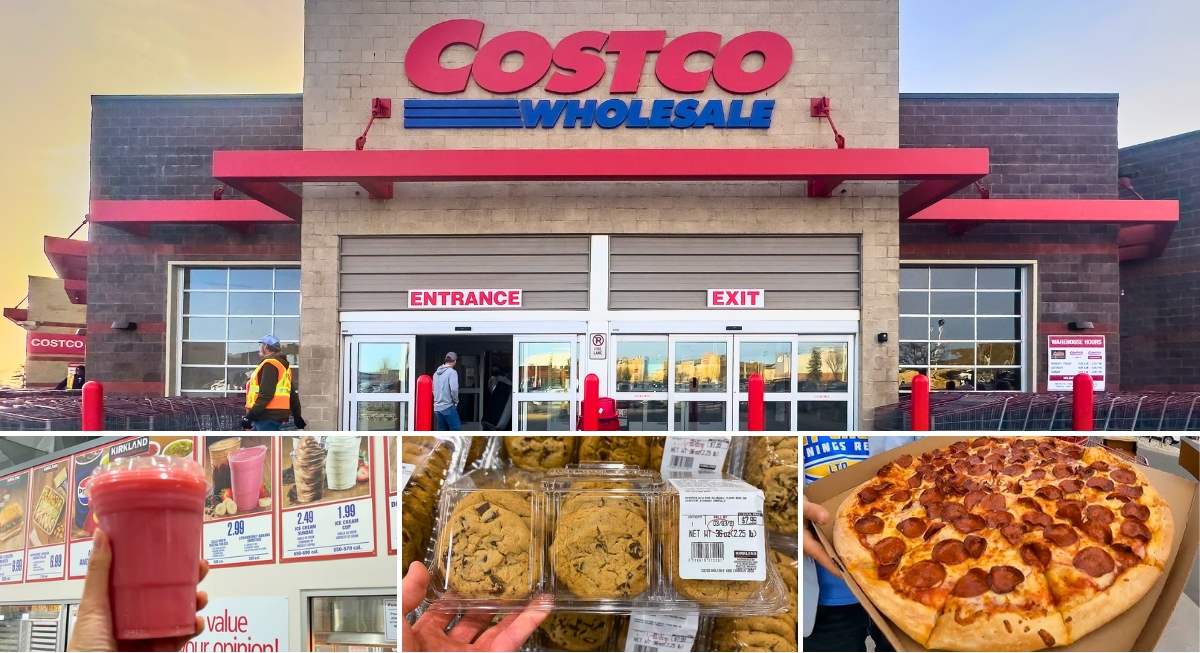Buffet chains in the 1970s and ‘80s represented a dining era obsessed with excess. For a few dollars, you could graze your way through meats, salads, desserts, and more. But once the grease settled and the novelty wore off, many of these chains started to show their cracks: bland food, tired décor, and poor execution.
Here are a few that failed to live up to their promise.
Ryan’s

Credit: flickr
Ryan’s started strong in 1978 with big steaks and even bigger buffets.. By the early 2000s, though, the MegaBar felt more like a mega mess. Ownership changes turned it into half-hearted revamps, and when COVID hit, it never reopened.
Old Country Buffet

Credit: Wikimedia Commons
The name alone evokes trays of mashed potatoes and soft-serve swirls. It was a family favorite for better or for worse. Despite a run that saw it peak at 600 locations after merging with HomeTown Buffet, Old Country Buffet never quite evolved.
Ponderosa Steakhouse
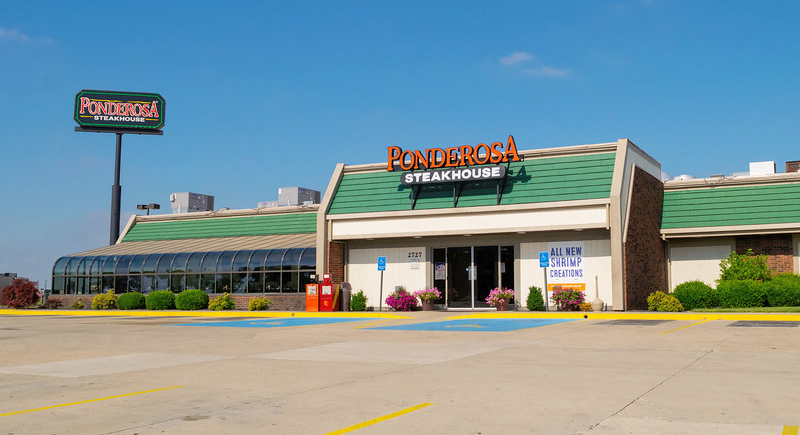
Credit: flickr
Budget steaks and cowboy flair gave Ponderosa its initial spark. But when steak became secondary to soggy buffets, things went south. Even its merger with Bonanza felt like two drifters trying to prop each other up in a storm. Its food options grew more diluted, and the quality dropped as the chain scaled.
Luby’s
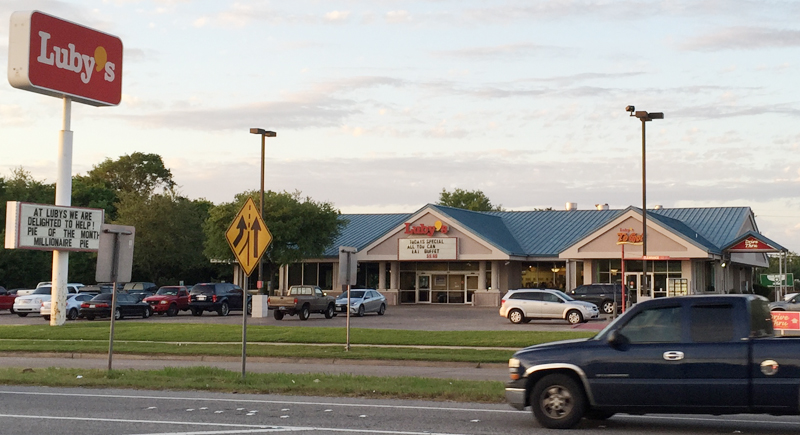
Credit: Wikimedia Commons
In Texas, Luby’s was synonymous with cafeteria dining. But after losing its visionary leader in 1997, it never quite found its footing. The decline was slow, then sudden. Entrepreneur Calvin Gin bought it in 2021, but outside of Texas, it’s effectively vanished.
Furr’s

Credit: Yelp
If you grew up in the Southwest, you probably remember Furr’s, maybe even the piano players at early locations. But after being bought by Kmart and then passed around like a hot casserole, the chain lost steam. The pandemic finally closed the lid in 2020.
Country Cookin

Credit: Yelp
This small Virginia chain had only 13 locations, but locals loved it. Roger Smith founded it in 1981 and maintained a small but devoted following. It was known for friendly service and cozy food.
Sizzler

Credit: Yelp
Sizzler was the land of 99-cent steak and do-it-yourself salad bars. It hit its peak when perms and polyester reigned. But by the late ‘90s, the brand felt dated. It tried to go upscale in the 2000s, which just confused people. After filing for bankruptcy in 2020, only a few locations remain out West.
The Wendy’s Superbar

Credit: Youtube
Yes, Wendy’s once had a buffet that disappeared by the late ‘90s. The Superbar had salad, pasta, and even tacos. It was a fun idea, but a nightmare for staff and profits. Labor and low margins didn’t make financial sense.
Pizza Hut Buffet

Credit: Facebook
Unlimited pizza and soda? Yes please! The red-roofed Pizza Hut was a hit in the ‘80s and ‘90s, thanks in part to its buffet. However, as delivery took over, dine-in traffic dropped, and so did the buffet. A quiet revival started in 2024, but it remains limited to select lunch spots.
Popeyes Buffet
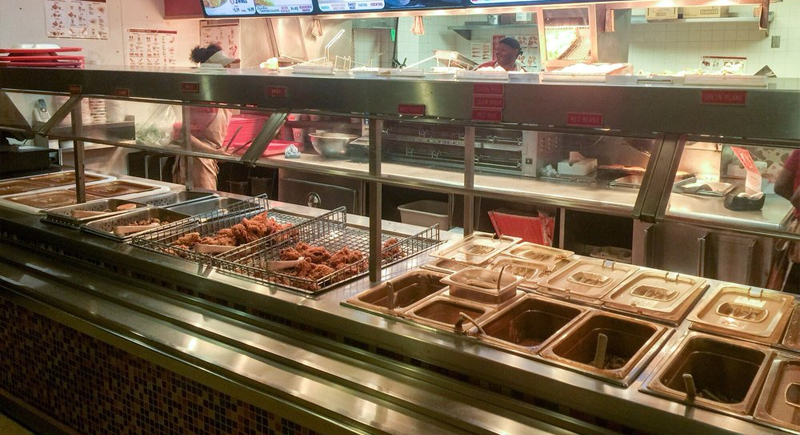
Credit: Yelp
Wait—Popeyes had a buffet? Yep, for a while, you could get all the fried chicken and sides you could eat for about $10. Some even served tacos and spaghetti. But the idea never really caught on, and by 2021, the last location had gone the way of the biscuit.
KFC Buffet

Credit: Reddit
The Colonel once introduced buffet-style dining, too. Unlimited chicken, mashed potatoes, and biscuits were real perks, but consistency wasn’t. The format was hit-or-miss, and most locations phased it out years ago. If you're still craving it, you'll need a passport since Japan has a few still clucking.
Bonanza Steakhouse
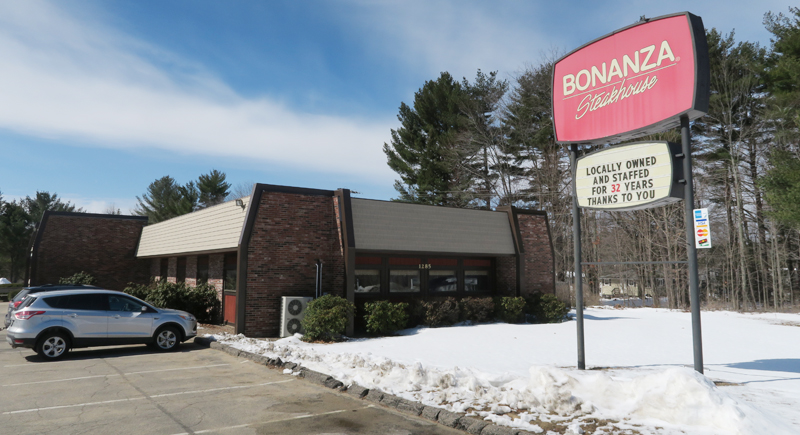
Credit: Wikimedia Commons
Bonanza leaned heavily into cowboy-themed branding but didn’t deliver on the food. Steaks were thin and uneven, and the buffet resembled a school cafeteria more than a restaurant. After merging with Ponderosa, the brand slowly faded. A few survive, mostly out of stubbornness or nostalgia.
Souplantation

Credit: flickr
Launched in 1978, Souplantation made buffets feel healthy. Soups, salads, and baked goods made it a guilt-free choice. But health scares, a bankruptcy, and finally the 2020 shutdown wiped it out. A lone location in Arizona reopened in 2024, but the full garden has yet to grow back.
Cicis
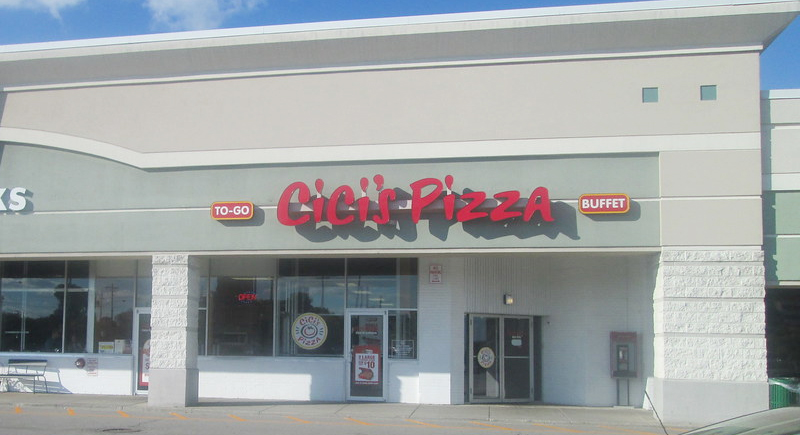
Credit: flickr
After filing for bankruptcy in 2021, Cicis shrank big time. While there are still some in the South, it’s hard to tell that this restaurant was once the king of pizza buffets in the 2000s. The cheap, endless slices made it a hit with kids and big families. But quality dropped, and expansion got out of hand.
Fresh Choice

Credit: Yelp
This California chain was all about fresh food and early health trends, like kale before it was trendy. But the business didn’t grow well. It closed down after a 2012 bankruptcy, even after trying a rebrand.
Hometown Buffet
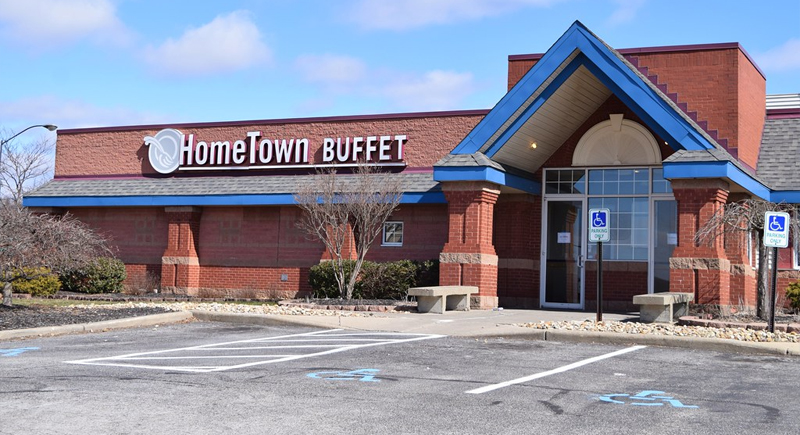
Credit: flickr
A sibling to Old Country Buffet, Hometown offered the same meat-and-potatoes lineup with a different sign out front. It felt familiar—maybe too familiar. Unfortunately, Hometown couldn’t hold on as its parent company unraveled.
Fire Mountain

Credit: Yelp
As part of the same ownership group as Ryan’s and Old Country Buffet, Fire Mountain aimed to be a slightly more upscale buffet experience. The branding felt more contemporary, but the food didn’t follow suit. As parent company Buffets, Inc. unraveled, Fire Mountain quietly burned out.
Tahoe Joe’s
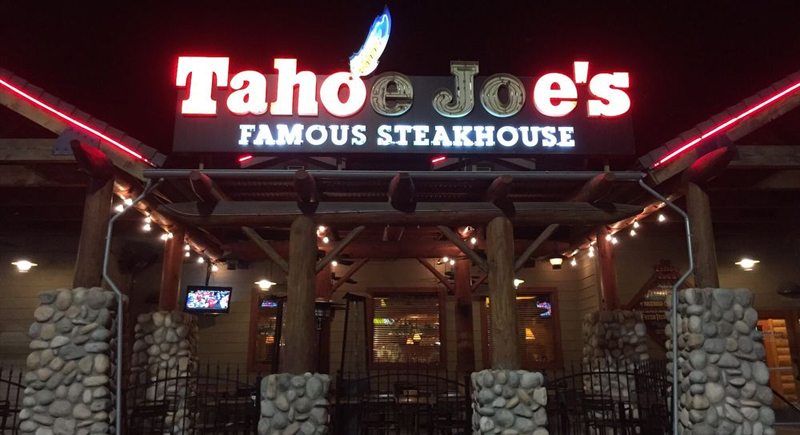
Credit: Yelp
Unlike other buffets on this list, Tahoe Joe’s was more of a casual steakhouse, but it still fell under the same ownership as Old Country Buffet. The restaurant was known for its casual, lodge-like vibe. It tried to stay afloat, but financial mismanagement dragged it down.

